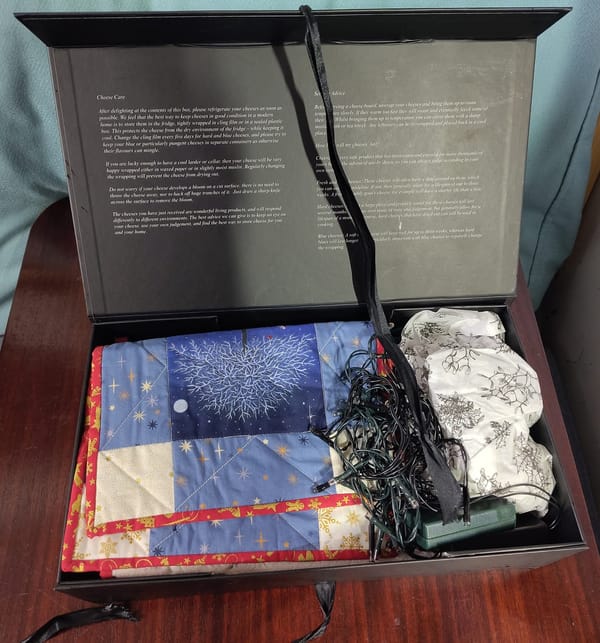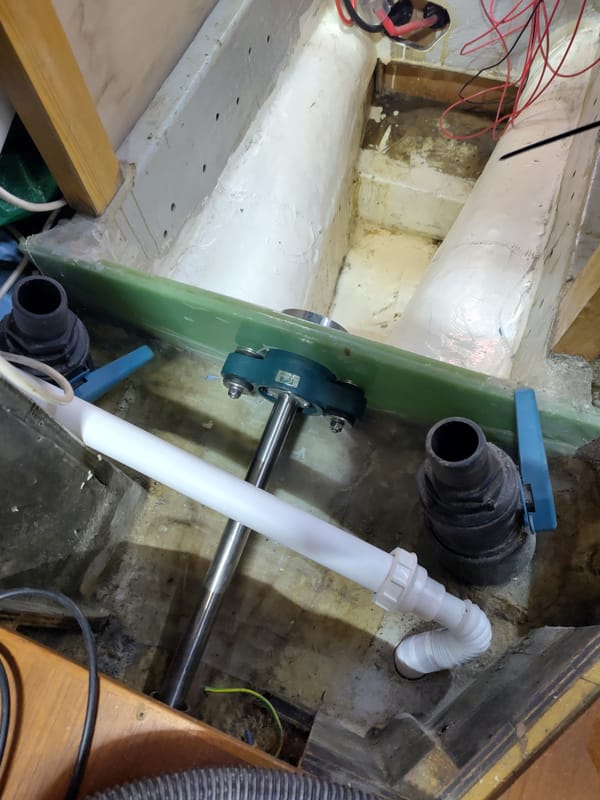Heavy weather sailing tick box exercise
So I've just added the classic "Heavy Weather Sailing" 7th edition by Peter Bruce to our library.
Very interested to note how well our choices fit with the various chapters:
Chapter 1 on boat design could have taken the Rival range (although never mentioned) as a model. So we see the great designer Olin Stephens recommending:
- balanced hull shape (Tick)
- low freeboard (Tick)
- small well drained cockpit (Tick)
- two masts (Tick)
- not too wide (Tick)
- deeper rather than shallow hulls (Tick)
- higher cabin sides (Tick)
- strong keel (Tick)
In Chapter 2 on stability in breaking waves by Andrew Claughton we also tick lots of boxes
- Our keel being a fairly long fin with a good skeg
- balanced ends
- lower freeboard with high coachroof
- everything we see implies a Rival 38 should have a pretty good stability curve, we have heard that Peter Brett was very aware of the angle of vanishing stability (a point where the boat no longer tries to turn the right way up after being knocked over)
- There is a table summarising the design influences on capsize and a Rival is pretty much solidly in the safer spectrum for them all.
The Jordan Series drogue gets it's first mention, and they are all positive.
Chapter 3 on design trends by Peter Bruce
This puts the Rival in what seems to us to be a sweet spot after the development of fin keels but before dish shaped boats with small fins and spade rudders. This is a sweet spot for short handed cruising as faster, more modern designs tend to need to follow more active tactics. We are not going to have experienced racing dinghy sailors or surfers who can actively surf down huge waves safely so better have a design that doesn't favour such tactics.
This is the first chapter to note the negative impact of roller furling sails on a boats stability (due to the extra weight up high when the sail is furled). That is one of the features of our desired long-term sail plan.
There is a concise but comprehensive list of questionable design features and we seem to be clear of them all (except I think we might want to strengthen our cockpit locker and we already know we need a way of securing our hatch boards). All the work to remove seacocks and only have composite ones fits too (although that post is now a bit out of date, with the electric motor we have only 2 seacocks below the waterline which are the e cockpit drains, we won't have holes for the fridge or depth sounder and the 2 seacocks will be protected by a coffer dam so that a failure won't cause us to sink).
Chapter 4 on Spars and rigging by Matthew Sheaham and Harry James
One point is the expectation that composite rigging such as Dyneema will one day be used universally with the weight reduction being a very significant gain for stability.
Another is more concerns about the weight of roller furled sails and the dangers of a failure. With slab reefing there are concerns about friction for systems brought back to the cockpit (ours are not).
Chapter 5 on Storm Sails by Peter Bruce and Richard Clifford.
Here we score well for plans although we haven't got as far as implementing them. So adding our inner forestay to be used for either a staysail or a storm job is good.
We haven't got as far as thinking much about practicalities for a trysail. We don't currently have a track, a sail or anything. With a mizzen that can be reefed we do have an alternative so it isn't quite as urgent.
Chapter 6 on preparations for heavy weather is mostly for the future but it does reinforce the desire for a Hydrovane. The section on fires adds weight to my plan to fit fuses at the battery terminals and to make sure the battery boxes are watertight. Having no fossil fuels aboard is clearly a significant safety feature.
Chapter 7 on the use of drag devices has clearly been updated with details on the Jordan Series drogue which are very positive with the only downside being the difficulty of recovery until conditions have moderated significantly. So nice to see our thinking reinforced.
That is all I have read fully so far, I can see from the "Storm Experiences" section that we are going to feel good about not having davits for our dinghy - but we think that is pretty obvious. We know we have a lot of experience of actual heavy weather that we need to build. However, I am reassured that much of our thinking is already validated by this highly respected book.
Electric Motor one thing that is not covered at all is having an electric motor. There is quite a lot on the advantages of a reliable diesel, but with the recognition that there can be significant problems (lines around the propeller after a rigging failure, flooding through the exhaust or engine room ventilation, extreme angles of heel causing problems, dirty fuel especially with sediment from the tanks. We have to make our plans with the assumption that we will not be able to use the electric motor for long enough to make it a viable tactic for anything but manoeuvring assistance. As we have written before we think this is better than an over dependence on a diesel, in particular a false sense of security that it will always work see Another example of why to switch away from Diesel and Losing a diesel engine for safety




